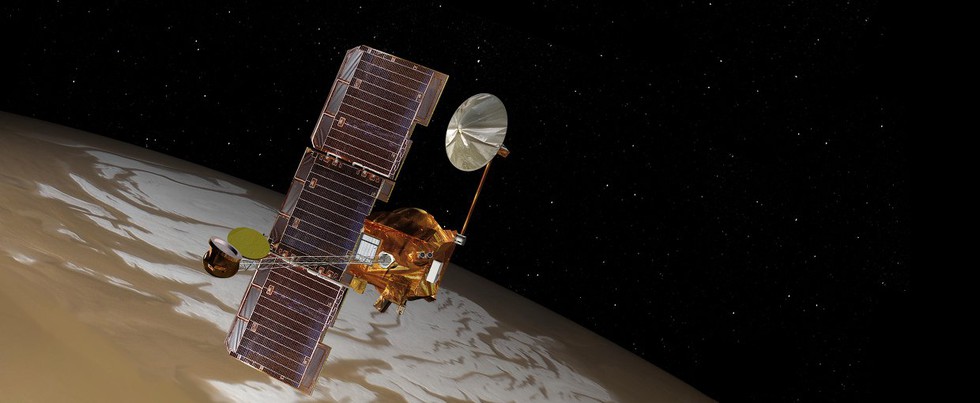
About Mars Odyssey:
Key Facts about Olympus Mons:
NASA has recently captured an epic vi...
RBI recently joined Project Nexus, an...
Scientists have identified a species ...
Astronomers recently discovered a new...
India has successfully developed and ...
With the south-west monsoon gradually...
The researchers of the Government Col...
A UK-based teenager, Oran Knowlson wh...
Recently, it is revealed that tech co...
Jeff Bezos-led Blue Origin has partne...